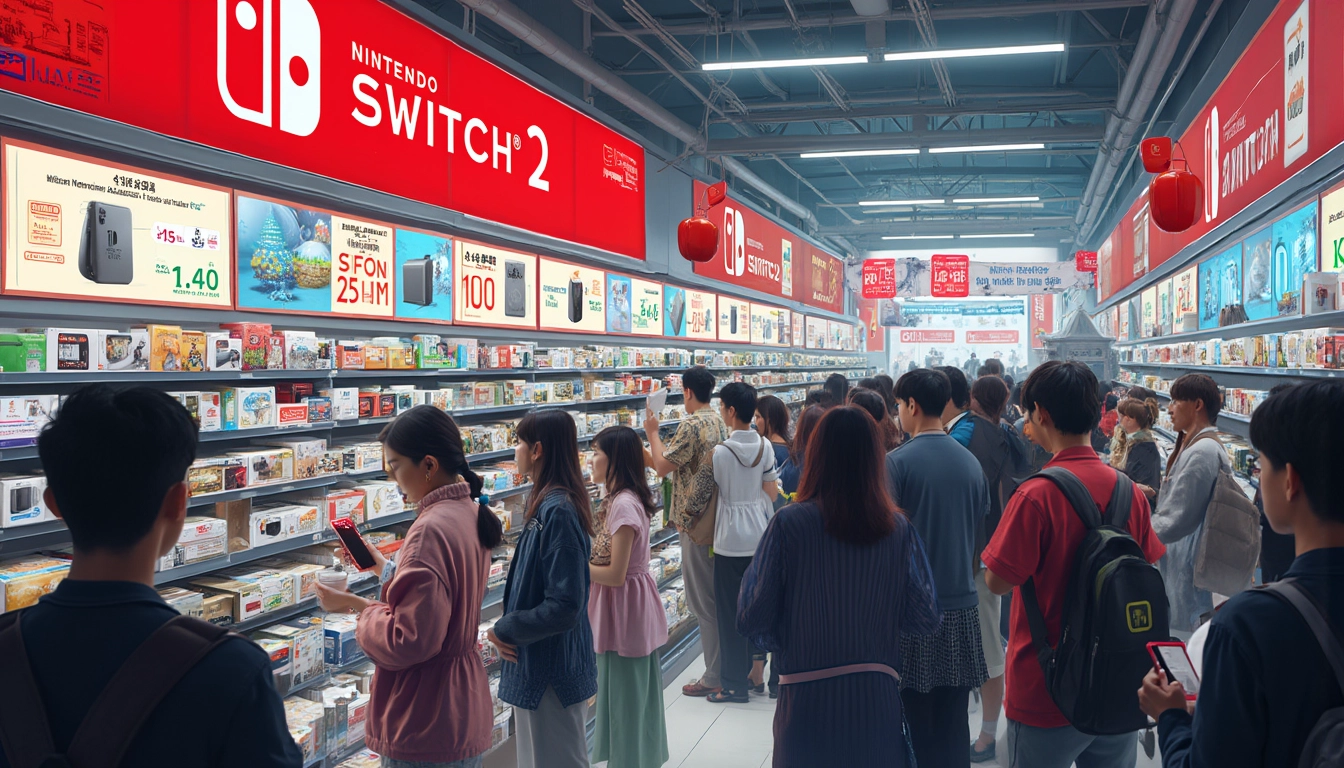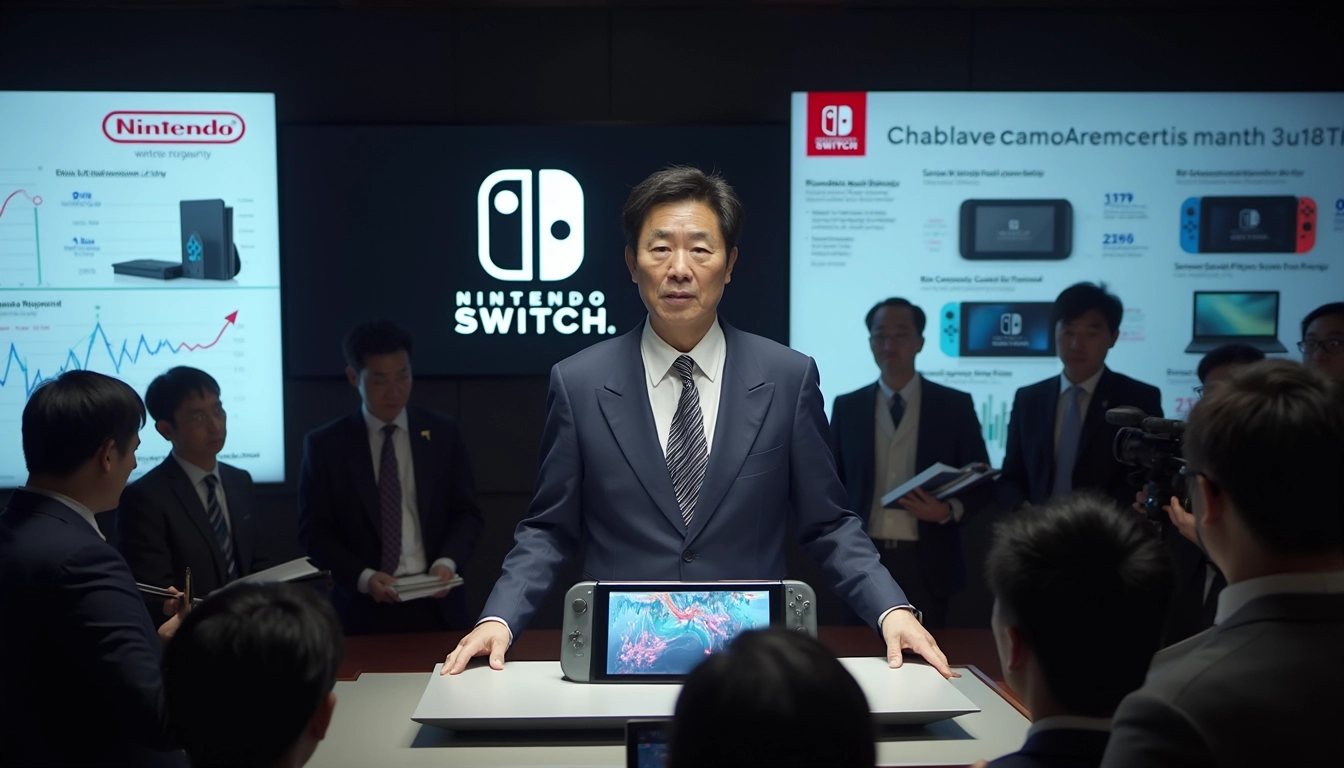
Nintendo Switch 2 Launch Faces Economic Challenges Despite Strong Demand
Nintendo faces a complex economic landscape as it prepares to launch the highly anticipated Switch 2 console on June 5, 2025. The gaming giant’s president, Shuntaro Furukawa, has voiced concerns about U.S. tariffs potentially affecting consumer demand, even as pre-order lotteries show massive oversubscription, particularly in Japan.
Table of Contents
Key Takeaways:
- Launch and demand signals are strong with 15 million hardware units projected for FY2026
- The Switch 2 carries a $150 price premium over its predecessor, sparking consumer debate
- U.S. tariffs could create economic headwinds for Nintendo’s sales targets
- Production capabilities are being strengthened to meet anticipated high demand
- Nintendo projects a 63.1% boost in overall sales to $13.04 billion USD
Launch Details and Market Response
The Switch 2 represents Nintendo’s bold step into next-generation gaming. With Japanese pricing set at the equivalent of $340, the console has generated significant buzz in the rapidly expanding gaming market. Pre-order lotteries have been massively oversubscribed, indicating strong initial demand despite the higher price point.

Economic Challenges and Consumer Response
The pricing strategy has sparked debate among Nintendo’s loyal fanbase. The $150 increase over the original Switch has led to social media campaigns calling for price reductions. This consumer response comes amid broader economic concerns, including post-pandemic inflation and rising living costs.
Impact of U.S. Tariffs
A significant challenge looms in the form of potential U.S. tariffs. While Nintendo of America’s president Doug Bowser confirms that current pricing doesn’t factor in tariffs, future economic pressures could impact consumer spending. This situation reflects broader challenges in the gaming industry’s innovation landscape.
Production and Sales Projections
Nintendo’s ambitious targets include selling 15 million hardware units and 45 million software units in FY2026. To achieve these goals, the company is enhancing its production capabilities while monitoring global economic conditions. These numbers would contribute to a projected 63.1% increase in overall sales.
Future Outlook and Market Strategy
Despite challenges, Nintendo maintains a strong position in the gaming market. The company’s strategy involves careful balancing of production capabilities with demand, while keeping an eye on economic indicators. The evolution of gaming technology continues to drive interest in new console releases.
Automation Solutions for Gaming Companies
In managing such complex market dynamics, many gaming companies are turning to automation solutions. Automation platforms can help streamline operations, from social media management to business processes, allowing companies like Nintendo to focus on their core mission of delivering exceptional gaming experiences.


